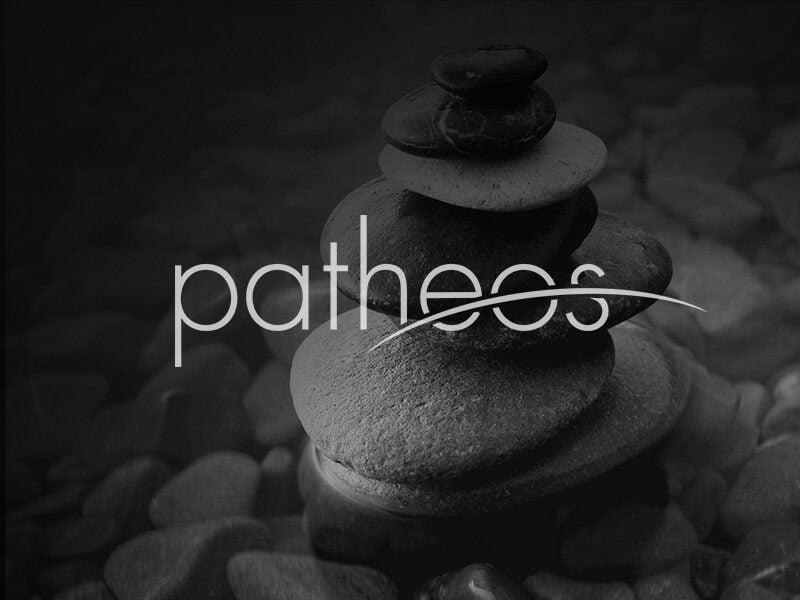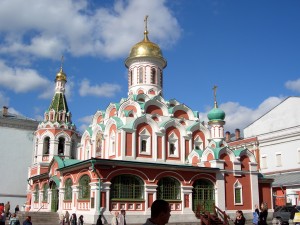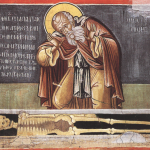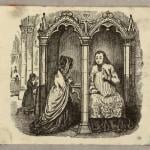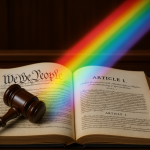
You know you’re in a country with a solid civil-rights tradition when, four days into a massive riot, the authorities begin to talk about using water cannon.
British Prime Minister David Cameron announced today that “we now have in place contingency plans for water cannon to be available at 24 hours’ notice.” Meanwhile, the rioting, which began in London, and had already spread to Bristol, Liverpool and Birmingham, has spread even farther. Police have arrested 108 suspected rioters in Manchester and Salford, and another 90 in Nottingham. In Birmingham, three men, protecting their businesses from looters, were killed when a car drove into them.
I don’t pretend to understand Cameron’s tactical and ethical concerns as he understands them. It may be that calling in the army — a move he said he has dismissed after some consideration — would create more problems than it would solve. Nevertheless, one thing is clear to any student of history: the English riot has always been a more benign, less ambitious cousin to riots in other parts of the world. It might destroy property and claim lives, but it does not, generally, topple governments or force serious adjustments to the social order.
Many of the riots that gripped London in the 18th century have an oddly modern feel to them, since they involved the perennial problems of substance abuse, government regulation (or its absence) and ethnic rivalry. In the early 18th century, eager to create a domestic market for corn, Parliament effectively de-regulated the distillation and sale of intoxicating spirits — including brandy, and especially gin. The result was a boom in the booze industry that led to a boom in crime, beggary and infant mortality. In 1721, a commission of Westminster justices declared that the proliferation of gin shops:
Is the principall cause of the increase of our poor, and of all our vice and debauchery among the inferior sort of people, as well as of the felonies and other disorders committed in and about this town.
In 1735, a commission of Middlesex justices reported: “Unhappy mothers habituate themselves to these distilled liquors, whose children are born weak and sickly, and often look shrivel’d and old, as though they numbered many years. Others again give it to their children…and learn them even before they can go to taste and approve this certain destroyer.”
Even the Age of Reason had its crack babies.
The upshot: in 1736, after many such commissions, Parliament was finally prevailed upon to restrict the spirits trade. The decision did not go over well, either with distillers or sellers, and certainly not with drinkers. These rioted constantly and reportedly murdered anyone they suspected of snitching on unlicensed gin-sellers to the magistrates. The restrictive laws became unenforceable. It wasn’t until 1751, by which time the curtailment of gin -drinking had become a national crusade, that Parliament managed to pass a law with real teeth. The rioters had lost, but only after a long struggle.
Ranking just after gin as a leading cause of rioting was the presence of the Irish. As M. Dorothy George notes in London in the 18th Century, “Faction fights between English and Irish seem to have been common.” In 1736, at Spitalfields, one of these swelled into a pitched battle that lasted two days, defeated a company of militia, and required the mobilization of the Guards. In 1740, angered at being burned in effigy on St. Patrick’s Day, “a great body” of Irishmen, of whom “over twenty were armed with cutlasses, and thirty or forty more with sticks and bludgeons” attacked the butchers of Clare Market. By the 1780s, George reports, “the sectarian feuds of the early part of the century had subsided.”
In the wake of so much bad news — the wild flights and crashes of the Dow, the drop in uor national credit rating, the coming double dip — the riots currently sweeping through England have a horrible way of looking like the beginning of the end of the world. If history’s any guide, they won’t be. And they shouldn’t signal the end of anyone’s sanity.


